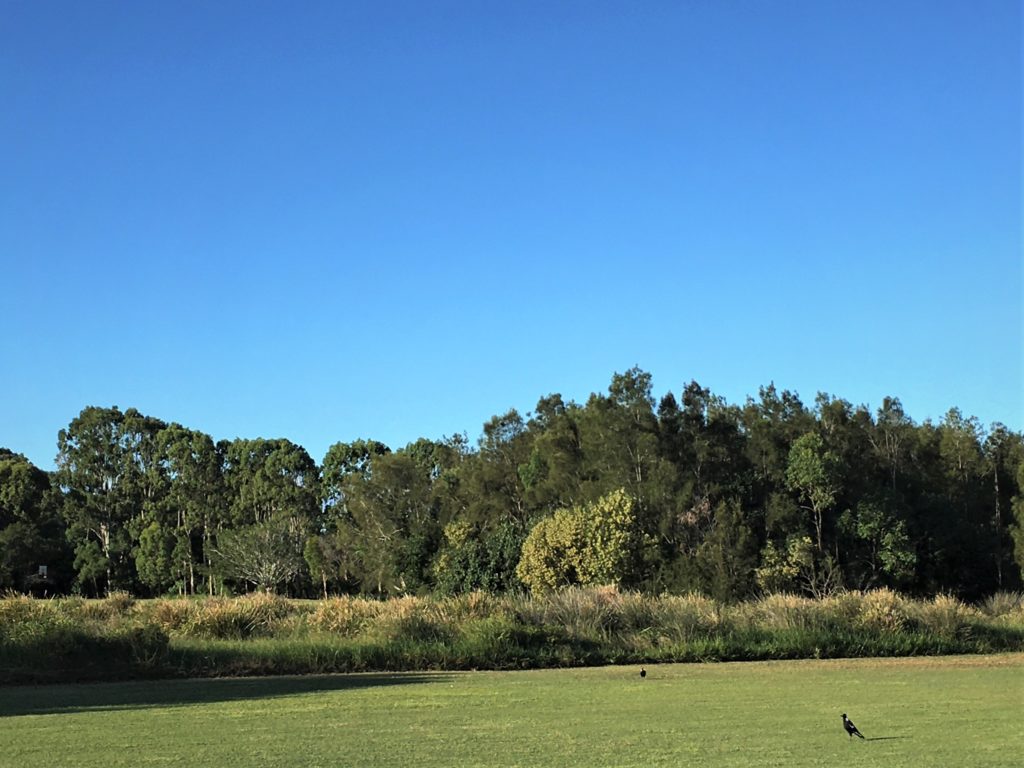It is perfectly possible, from one day to the next, to discover that we are suffering from a fatal illness.
When all the ceremonies and prayers for long life have proved ineffective, and the approach of death is certain, it will finally dawn on us that nothing we have done in our lives has been of any use. We must leave it all behind. Even if we have a stack of wealth as high as Mount Meru, we cannot take it with us. We cannot take so much as a needle and thread! It is time for us to go; even this body that we love so much will have to be abandoned.
What can we take with us? Only our positive and negative karma. The actions that we have stored up will be our only companions.
However, suppose we have put the instructions into practice and trained in the transference of consciousness. If we have gained proficiency in this, and if we can die without a trace of regret, we will certainly have done ourselves a very great favor. A person who says, “I shall go to such and such a buddhafield,” and does in fact do so, is a perfect practitioner.
Let’s face it: we practice the Dharma because we need it at the moment of our death. This is why the teachings stress the importance of understanding what happens when we die.
It is said that even for an ordinary person, the moment of death is crucial. It is a moment when we should pray to the Lama and the Three Jewels.
We should cut through the strings that bind us to our possessions—our house and everything else. For this is what pulls us into samsara.
We should also make offerings of our wealth to the Three Jewels, praying that we will not have to go through a painful and difficult death and suffer in the lower realms afterward.
If we have successfully trained in the transference of consciousness, and if we are able to apply this technique when the moment of death arrives and thus transfer our consciousness successfully—this is surely the best situation of all.
But if we can’t do this, the transference of consciousness can be done for us by a lama or one of our vajra brothers or sisters who happens to be with us and knows how to do it.
The consciousness should be transferred to the buddhafield as soon as respiration stops. In any case, it is important to plan for this and get ourselves up to scratch, so that when the crucial moment comes, there is no need to be afraid.
Needless to say, the preparation has to be done now, during the bardo of the present life.
What happens to us when we die? From the moment of physical conception, the moment of the union of our parents, our body begins to coalesce from the essence of the five elements. It is a gathering of the elements, of warmth, energy, the subtle channels, and so forth.
When we die, these five elements gradually separate and dissolve into each other. When this dissolution is complete, outer respiration stops, and the inner pulses are reabsorbed. The white essence, received from our father and located in the brain, and the red essence, received from our mother and located in the navel, meet in the heart center and mingle. Only then does the mind leave the body.
At this point, in the case of those who have no experience of the practice, the minds falls into a prolonged state of unconsciousness.
But for those who are accomplished masters or experienced meditators, the consciousness will, after two minutes or so, dissolve into space, and space will dissolve into luminosity.
What is the fruit of meditation for those of us who practice? It is precisely this so-called dissolution into luminosity, which is pure and untarnished like the sky. It occurs when the inner pulse stops.
If a person has achieved stability in the recognition of luminosity during meditation, then as soon as the experience of untarnished space arises, there occurs the so-called meeting of the mother and child luminosities, space and awareness. This is liberation.
At root, this is what lamas and meditators who practice refer to as “resting in thuktam,” or meditation, at the time of death. Thuktam is nothing more than this. The mother and child luminosities mingle; stability in the phases of creation and perfection is gained. This is liberation.
Source: Dudjom Rinpoche. Counsels from My Heart (Kindle Locations 742-774). Shambhala Publications. Kindle Edition.

Let’s face it: we practice the Dharma because we need it at the moment of our death. This is why the teachings stress the importance of understanding what happens when we die.
(Dudjom Rinpoche)
